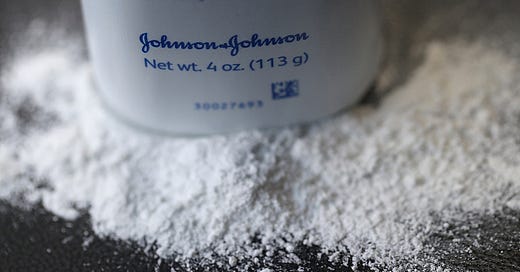Shady bastards.
Callback to this bit from our “Losers” section in October 24th’s paying subscribers’-only briefing:
The Restructuring Industry (Long Feeling the Heat Coming Around the Corner). Maybe it’s just us or maybe this is just another example of fleeting regulatory attention but it is sure starting to feel like …



